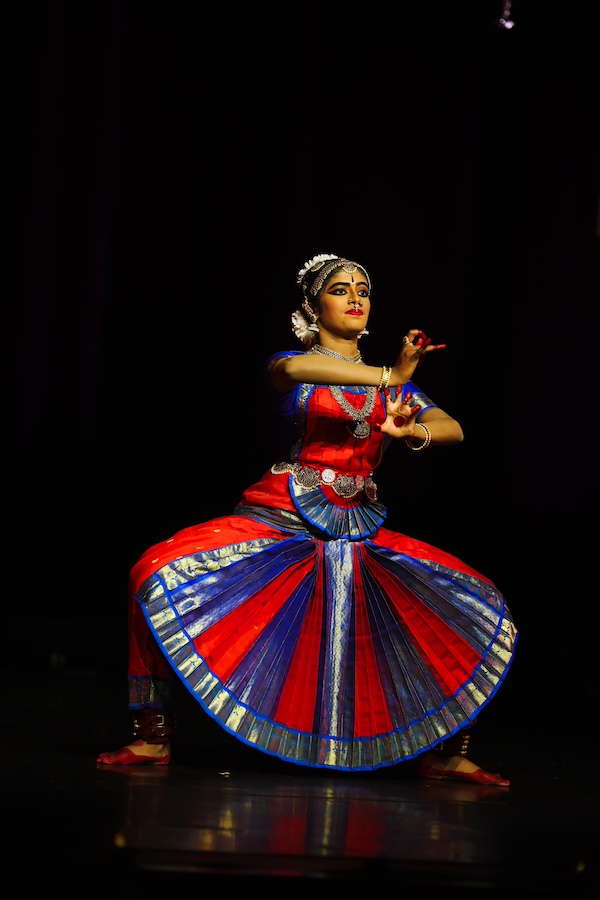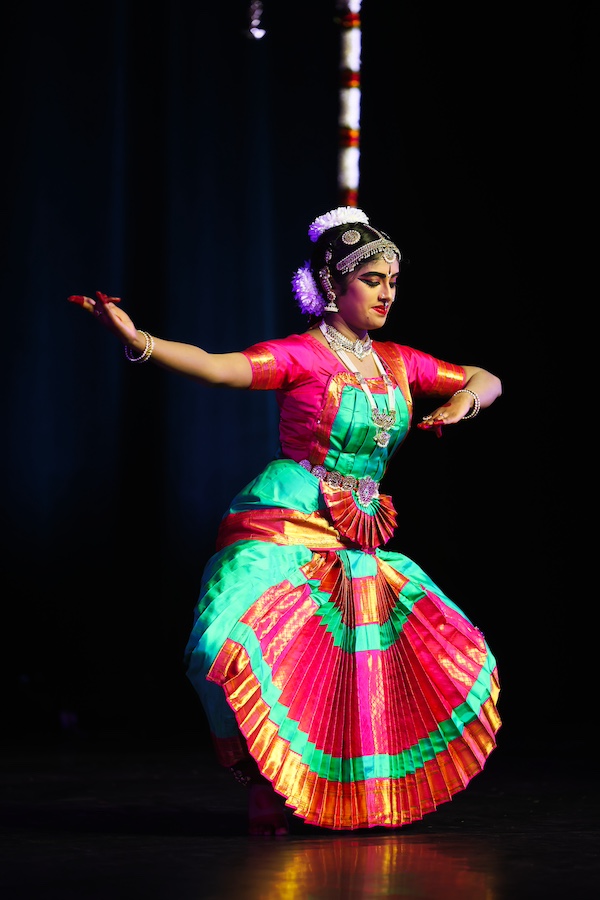Contribute
| Arangetram: Varaliikaa Satheesh |
Amrutha Ananth
08/07/2025
Varaliikaa Satheesh’s Bharatanatyam Arangetram — A Delicate Unfolding of Rhythm and Expression An arangetram is like the first monsoon after a long, waiting summer—eagerly anticipated, patiently prepared for, and deeply renewing. On a warm July evening at Nashua High School North Auditorium, Varaliikaa Satheesh, student of Acharya Aishwarya Balasubramanian (Arpanam Academy of Bharatanatyam), made her debut with quiet confidence and remarkable grace. What unfolded was more than movement—it was a confluence of rhythm and feeling, where each gesture bridged tradition and individuality. With poise, she drew the audience into a space where expression spoke louder than words. The evening commenced with a soulful rendition of Jaya Jaya Ganapathi, an invocation composed by Ganapathi Sachidananda swamiji and rendered by the orchestra. The phrase Vignavinashaka Sankata Haari—remover of obstacles, dispeller of sorrows—resonated through the auditorium not only as a chant but as a threshold, gently opening the evening’s aesthetic journey. From this sacred origin, the recital transitioned into Ranganjali and Jaya Jaya Shambo, both composed by Madurai N. Krishnan—a reverent tribute to Lord Shiva. These selections outlined a lineage of devotion—son to father—leading the audience from auspicious beginnings to divine embodiment. Varaliikaa held the stage with composed command, every phrase shaped by thoughtfulness and reverence. In Ranganjali, she conveyed deep obeisance to Lord Nataraja and her guru, moving with thoughtful restraint that spoke of years of devoted practice. As Jaya Jaya Shambo unfolded, her gestures shifted to embody the serene yet powerful essence of Shiva, balancing discipline with soulful expression. The interplay of melody and talam set a contemplative tone, drawing the viewers into a shared space of awareness—setting the tone for the intricate choreography to follow. The Jathiswaram in Hamsanandi, set to Rupaka talam and choreographed by Guru Anitha Guha, brought us into the world of pure dance—where structure is sovereign and the body articulates through angles, silences, and stillness. This ragam, inherently radiant and introspective, was captured in Varaliikaa’s clear lines and sculpted stillness. One korvai, choreographed solely using katakamukham and alapadmam mudras, stood out for its inventiveness—a testament to how even two hand gestures, when crafted into rhythmic flow, can convey dimension. It was a reminder of Bharatanatyam’s profundity—where subtlety replaces embellishment. Her control over tempo and modulations was sharp yet fluid—a duality rarely mastered. Throughout, she remained fully present, tuned to the rhythmic framework and immersed in its pulse. The Shabdam—Devi Thaye, a Ragamalika set to Misra Chapu, also by Madurai N. Krishnan, shifted the tone to devotion and narrative. Devi appeared not as a distant goddess but as a vital force—gentle, fierce, maternal, and resolute, embodying Shakti’s many aspects. As Varaliikaa moved through karunai puriya with tenderness and arakkan azhikka avatarita with intensity, the portrayal felt immediate and relevant. The divine was not removed—it was familiar, akin to every woman navigating layers of identity with quiet tenacity. This was not mere storytelling—it was a reflection. In our cultural imagination, the woman is often likened to divinity—for who else holds such modest fortitude? Varaliikaa’s portrayal captured that layered strength with sincerity. The choreographic framing was striking: she rose from muzhumandi with the cadence of thath thaiya thai during the opening and later returned to the same posture at the close—a symbolic cycle of awakening, empowerment, and repose. The Varnam—Nee Manamirangi in Lathangi and Adi talam, composed by the mystic poet Andavan Picchai, formed the emotive core of the evening. This piece explores the longing of the nayika for a glance from Muruga, and Varaliikaa's portrayal was intimate and compelling. At the phrase Neelamayil Vahanane, as she alternated between Muruga’s form and the silhouette of a peacock, the stage was transformed. Draped in an elegant green costume edged with pinkish-red borders and bathed in soft blue lighting, Varaliikaa truly became the peacock—or Muruga atop his celestial mount—poised, radiant, and expectant. It was not just a scene but a sensation: colors, lights, sound, movement, and mood converging in harmony. These layers—woven together so seamlessly—reminded one of a perfectly tuned raga, where every note holds its place yet elevates the whole. In that fleeting moment, the audience wasn’t merely observing a performance—they were immersed in a lived experience that could only exist in that breath of time. The “tha gum thari” jathi within this varnam was a standout highlight. Varaliikaa executed it with striking finesse, incorporating a delicate walk that added drama without breaking the sanctity of the rhythm. It was a brilliant choreographic flourish by Acharya Aishwarya Balasubramanian, showcasing her exceptional artistry and masterful ability to balance form with flair. The sancharis—from Muruga’s divine birth to the slaying of Soorapadman—were delivered with clear narrative intent. In simple lines like “Sura magal oru paal, Kura magal oru paal,” Varaliikaa showed how a dancer’s hand can become voice, her glance a whole phrase. Lyrically, this varnam was a treasure trove. Lines like “Maruvidum Azhagane, Malaimagal Magane” and “Mukundanin Marugane Murugone” celebrated Muruga’s divine charm and lineage with poetic elegance—and Varaliikaa responded with expressive clarity, letting every glance and mudra resonate the lyricism. The swaraksharams in the charanam, especially the repeated Nishadam (Ni) in “Nee, pranava porul, Nee...” were musical treats, grounding the piece in Lathangi’s essence. Her movement in these segments felt effortless, as though the melody itself led her. Vocalist Aditya Venkatesh deserves special mention for a rare gift—the intuitive understanding of dance that shapes his singing. Rather than merely accompanying the dancer, his voice responded with empathy—matching Varaliikaa’s rhythm, echoing her pauses, rising with her urgency, softening at her stillness. This deep musical empathy created a seamless conversation between voice and movement, elevating the performance into sublime unity. After intermission, the Tiruppavai—Ongi Ulagalandha in Arabhi—brought the audience back into mythic terrain. Portraying the Vamana avatar, Varaliikaa used brisk footwork and confident stances to convey cosmic scale within minimalist space. Her interpretation of “thingal mummari peidhu” was particularly delightful—like watching a traditional kolam unfurl with each step. It was a refreshing devotional piece, subtly rendered without overwhelming the canvas. Then came a visual treat—Neela Malar Kola, a padam in Vasantha set to Misra Chapu, composed by Oothukadu Venkatasubbaiyar. From the first gesture, Varaliikaa invited us into a delicate forest—where vines curled and birds called. The beauty of this piece lay in its soft transitions. As she shaped Krishna’s form amidst natural life, the Brindavanam unfolded not through grandeur but through stillness and exquisite detail. The flute by Skanda Rao and violin by Pranav Swaroop wove an ethereal conversation— the violin resounding the breeze and birdsong; and the flute chiming in perfectly at the very moment Varaliikaa struck the poised image of Krishna, creating a beautiful synergy. Her gestures during “Sollai thanil nadamaadum” flowed like poetry in motion. Rasikas would have noted with delight the pairing of Hamsanandi and Vasantha—two ragams so similar in structure except for the placement of ‘Ma,’ yet emotionally distinct. Placed on either side of intermission, they felt like two facets of feeling—one introspective and focused, the other breezy and vibrant. Following this was a Sai bhajan on Rama, set in Bowli, bringing warmth and serenity. Though brief, this piece was exquisitely detailed—especially Varaliikaa’s abhinaya as Rama preparing for exile. It was a gentle reminder of how Bharatanatyam can hold space for vast epics even in fleeting moments. As the evening progressed, it felt beautifully serendipitous that we had now witnessed three avatarams from the Dasavataram—Vamana, Krishna, and Rama—flowing into one another like gentle waves, subtly woven into the program. The Thillana in Brindavana Saranga, composed by Madurai N. Krishnan, brought the recital to a spirited close. Set to Adi talam, the piece sparkled with joy, speed, and playfulness—all of which Varaliikaa embraced with ease. Her smile never faltered, her lines remained crisp, and even in those final demanding jathis, there was no flicker of fatigue—only fulfillment. The orchestra was more than backdrop; it was an essential partner in storytelling. Aditya Venkatesh’s voice threaded through the recital with refinement, shaping each moment with intuitive sensitivity. Pranav Swaroop’s violin sang softly yet insistently, weaving a melodic fabric that wrapped around the dancer’s movements. Skanda Rao’s flute whispered and soared like a cool breeze through an ancient grove, while Tarun Bangalore’s mridangam anchored the rhythm with strength—steady, responsive, and profoundly assured. Together, this ensemble didn’t simply accompany Varaliikaa; they became an extension of her expression, their music and movement entwined in seamless, living dialogue. What stood out was the honesty that coursed through every piece. There was no need to dazzle, no hint of pretense—just a dancer rooted in her practice, supported by her gurus, and elevated by her own conviction. In a time when performance often seeks spectacle, Varaliikaa’s approach was refreshingly grounded. As the performance drew to a close, the air held a stillness that comes only after something meaningful has unfolded. This wasn’t just a debut—it was a moment of arrival. Like the first rain stirring the soil, Varaliikaa’s dance awakened something beyond the stage. She didn’t just mark a beginning; she revealed a promise—of an artist who will continue to grow, deepen, and offer. On that luminous evening, she didn’t merely perform. She blossomed.
Written by Amrutha Ananth
You may also access this article through our web-site http://www.lokvani.com/

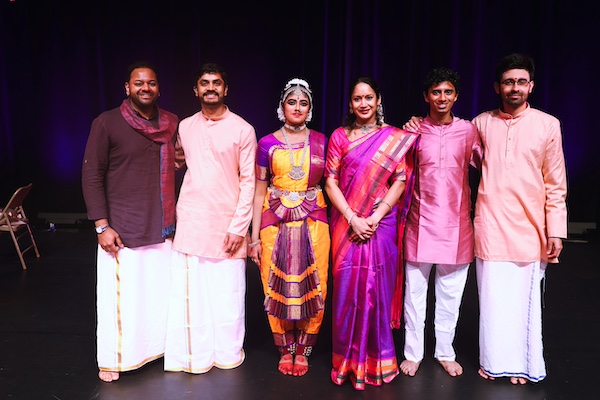
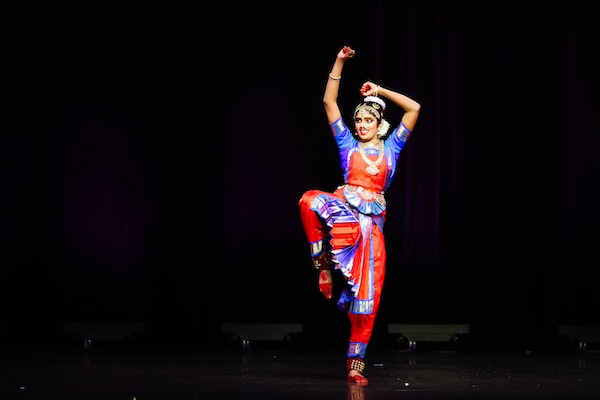
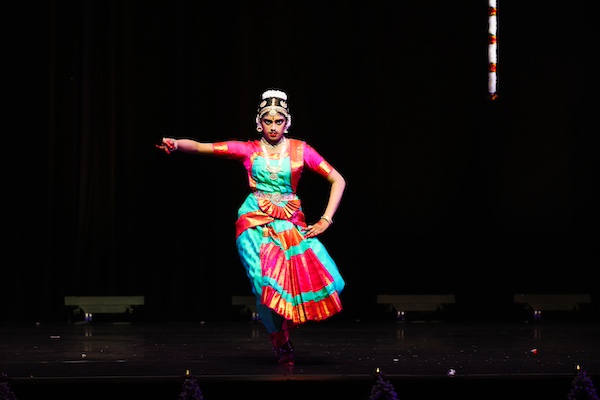
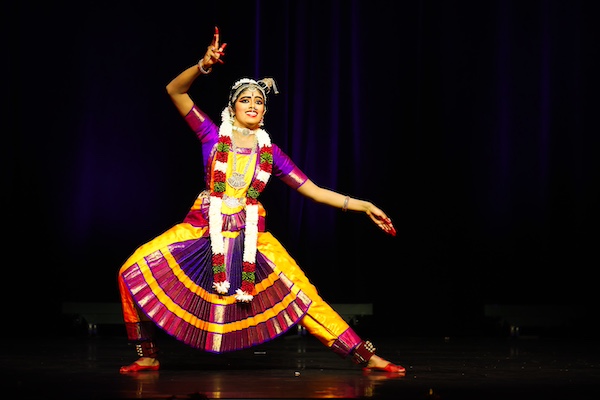
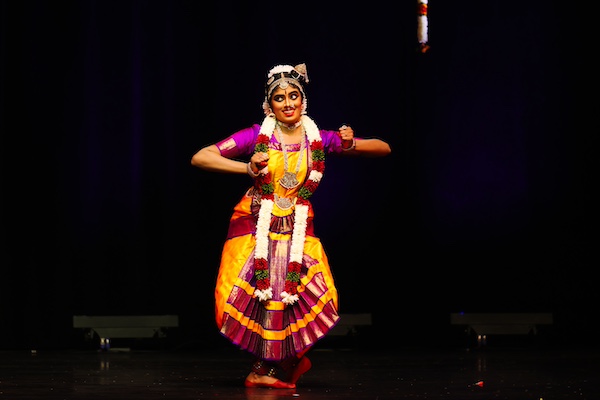
.jpg)
